Performance Characteristics of Rock Wool Board and the Main Process of Rock Wool Production Line
Rock Wool Production Line produces rock wool, which is a new type of environmentally-friendly insulation material. It is made from natural rocks and minerals, and is processed into fluffy short fine fibers. As a type of mineral wool, it has properties such as safety, fire resistance, sound absorption, noise reduction, durability, stability, and eco-friendliness.
The Rock Wool Production Line uses rockwool sandwich technology, providing fire resistance, insulation, and moisture resistance. With double-sided color steel, various substrates, colors, surface structures, and coatings, it has great flexibility and a wide range of choices to meet the stringent requirements of buildings in terms of material color, shape, quality, and performance.
Performance Characteristics of Rock Wool Boards Produced by Rock Wool Production Line
Thermal Insulation Performance
Good thermal insulation is a basic characteristic of rock wool and slag wool products. Under normal temperature conditions (about 25℃), the thermal conductivity of rock wool is usually between 0.03~0.047W/(m·K).
Combustion Performance
The combustion performance of rock wool and slag wool products depends on the amount of combustible adhesive contained. Rock wool and slag wool themselves are inorganic mineral fibers and are non-combustible. Sometimes, organic adhesives or additives are added in the rock wool production line, which can affect the combustion performance of the products.
Sound Insulation Performance
Rock wool and slag wool products have excellent sound insulation and absorption properties. Their sound absorption mechanism lies in their porous structure. When sound waves pass through, friction is created due to flow resistance, causing part of the sound energy to be absorbed by the fibers, thus hindering sound wave transmission.
Main Processes of Rock Wool Production Line
Settling Method
The rock wool production line melts various natural rocks into liquid at high temperatures, then blows them into rock wool fibers through a centrifuge, and accumulates them into rock wool fiber heaps on a conveyor belt in the settling chamber. When the rock wool fibers reach a certain thickness, they are pressed by a roller and enter a curing furnace where they are mixed with appropriate amounts of adhesive, dustproof agent, and water repellent, forming rock wool boards.
The settling method may cause uneven mixing, resulting in inconsistent proportions between rock wool fibers and additives, which can lead to certain quality issues in the produced rock wool boards.
Pendulum Method
The production of phenolic boards builds on the settling method by improving the collection method. A thin layer of rock wool fibers is first collected by a collecting belt, then layered and compacted by a pendulum to a certain number of layers and thickness. It is then pressed by a roller, enters a curing furnace for curing, and goes through cooling, cutting, and packaging to become the finished product.
In the Rock Wool Production Line, the pendulum method improves the potential issue of uneven mixing, significantly increasing the production volume and quality of the rock wool boards. Additionally, the rock wool boards produced by the pendulum method have inclined layers generated during layering, with fibers partly distributed vertically, resulting in high compressive strength.
Three-Dimensional Method
Rock Wool Production Line produces rock wool composite boards based on the pendulum method. The uncured rock wool fiber layers are formed through layering and then mechanically altered to evenly distribute the rock wool fiber layers. The rock wool boards produced by the three-dimensional method have tightly packed fiber layers that are not easily delaminated or peeled off, making them superior in strength and various parameters compared to products produced by other processes.
With the vigorous promotion of building energy-saving and environmental protection technologies, the development of rock wool composite boards will continue to improve. The types produced by the Rock Wool Production Line are diverse, with rock wool boards and rock wool pipes being the most representative, finding good applications in many industries.


 CN
CN
 EN
EN
 fr
fr  de
de  es
es  it
it  ru
ru  pt
pt  ar
ar  th
th  pl
pl  ro
ro 

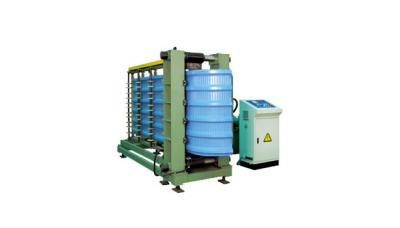
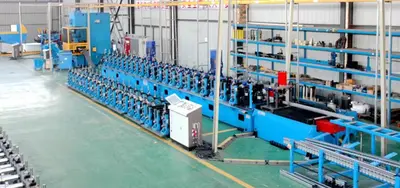
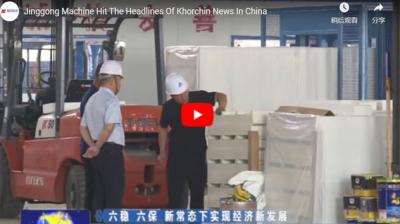
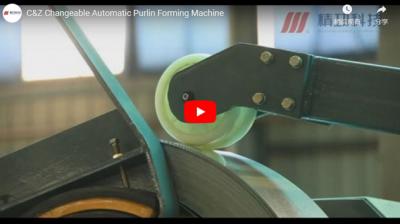
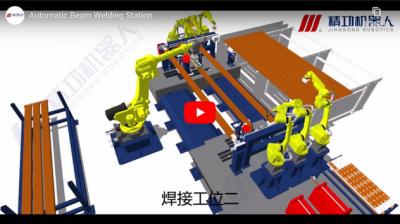

 Call us on:
Call us on:  Email Us:
Email Us:  #1809, Jianhu Rd, Keqiao, Shaoxing, Zhejiang, China
#1809, Jianhu Rd, Keqiao, Shaoxing, Zhejiang, China 